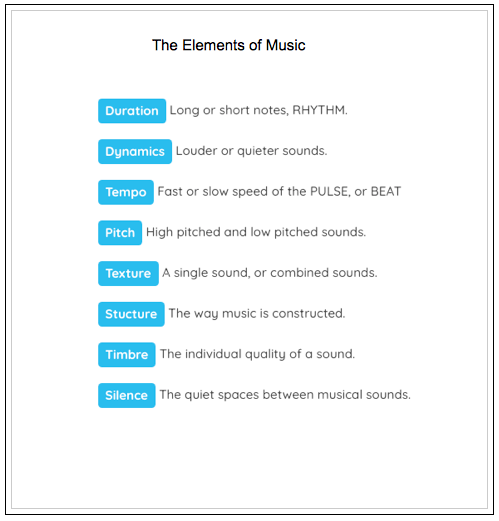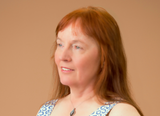What does a Young Musician of the Year finalist have in common with a five-year-old banging a drum?

In the UK, the biennial BBC Young Musician of the Year returned this year with a difference. The Category Finals, broadcast in May, were recorded before social distancing came into place but the Semi Final and Grand Final have been postponed until later in the year. Thinking back to previous Category winners of this prestigious competition, I remember an impressive percussion finalist, Andrew Woolcock. Here’s Andrew soloing with his school orchestra in 2015:
In that same year, a baby was born just a few miles away from Preston in Lancashire where Andrew went to school. This year, that little girl, along with some of her classmates, took part in the two-year creation process of Music Playtime, a new resource for teachers of young children. Here she in the next video, happily banging a drum along with some of her classmates, but that’s not the end of the similarities – it’s the beginning!
First, a little background information…

Classroom music is available to all children in the UK as part of the school curriculum. From the earliest age, children take part in a variety of musical activities, through which they may share their thoughts, feelings and ideas. After the age of five years, children’s musical activities are to include playing, singing, chanting, focused listening and movement, creating and experimenting. As pupils progress, they are expected to engage more critically with music from a range of periods, styles and cultures, and to use technology.
Through these activities, children experience and begin to understand the interrelated elements of music, which are are re-visited time after time in different contexts and activities, in a ‘spiral’ curriculum. The elements of music pervade music performance at all levels and at least some of them form the constituent parts of virtually all of styles music from children’s songs to orchestral symphonies.
The common thread
Let’s examine the elements of music in the two performances! The piece performed by the Archbishop Temple School Senior Concert Band was the third movement of the Percussion Concerto by Gary Ziek. It is a rhythmically complex piece and members of the orchestra rely on the conductor to keep them together and to help them to balance the textures between the different instruments. The harmonies and range of note pitches are adventurous and it has a wide variety of dynamics, and changing tempi. The music follows a specific structural plan according to the composer’s intentions.
The little children’s music also follows a plan, which they had worked out together in relation to a poem about the teacher’s pet dog. Each instrument was chosen to represent things that the dog liked doing at each stage of his life and the children were positioned in a circle as an aid to remembering the structure. They had already chosen how many instruments would be heard at the same time in the texture, how loudly or quietly to play and how fast or slow. There were no specific notes pitches although the percussion instruments varied in relative pitch, with the high tinkle of the bells and the lower sound of the drum. As with the school concert band, these performers relied on the teacher to guide, or conduct, the performance.
The elements of music were just as evident in the little children’s music as in the young people’s performance, but at a different point in the spiral of learning. In subsequent articles, we will look more closely at music teaching and learning in the crucial early years of childhood.





